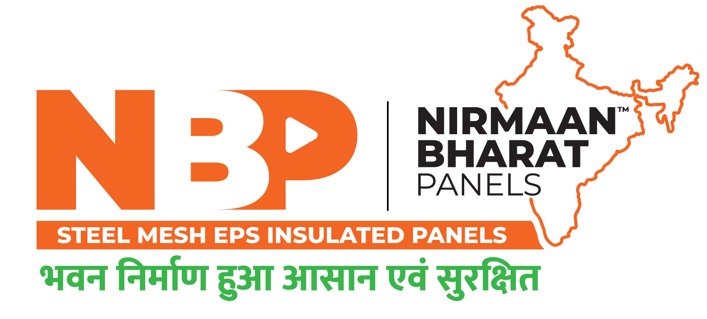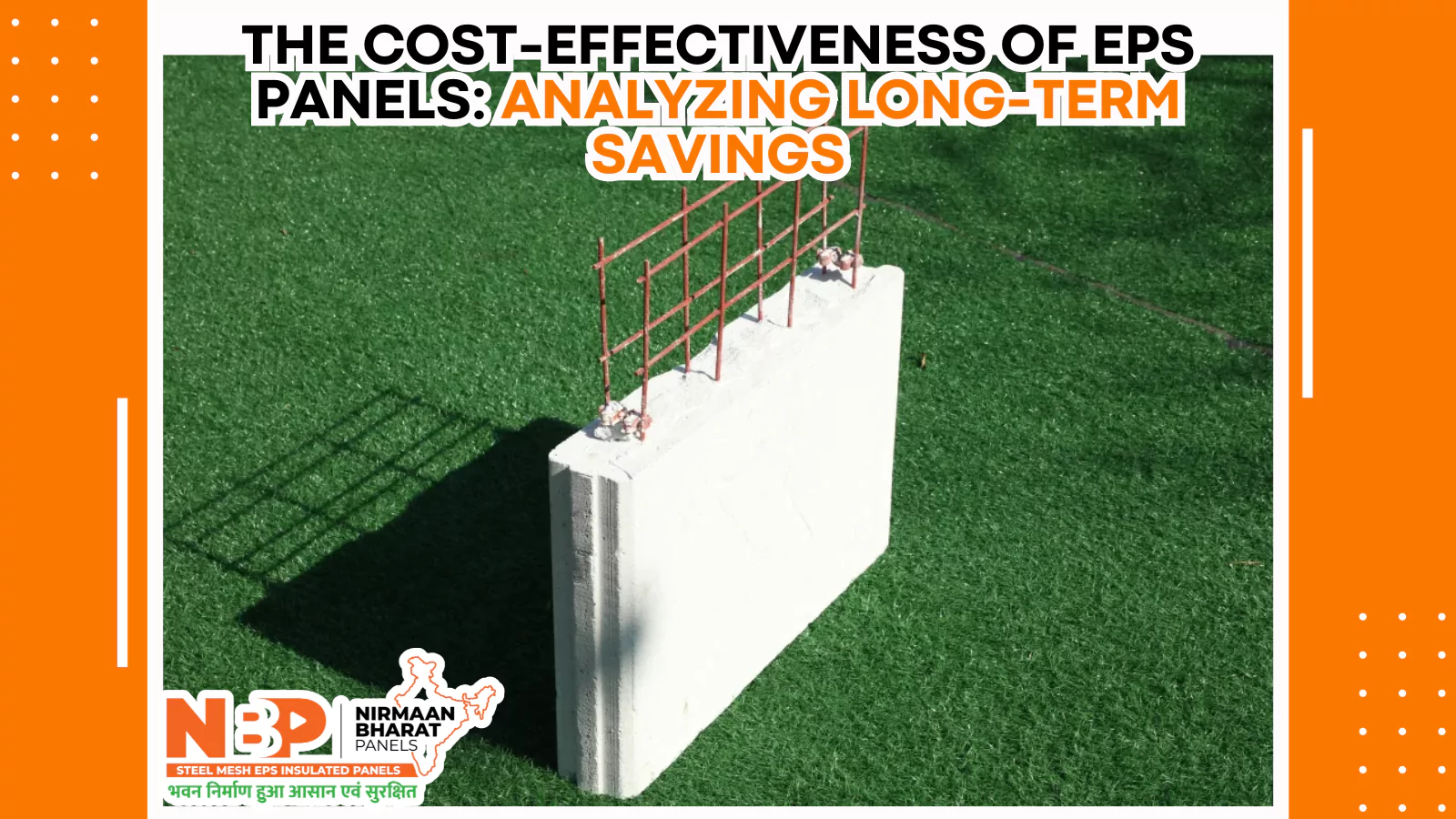Introduction
In the ever-evolving landscape of construction materials, Expanded Polystyrene (EPS) panels have emerged as a game-changer, offering remarkable insulation and cost-efficiency. Known for their lightweight, durable, and energy-efficient properties, EPS panels are increasingly being adopted in both residential and commercial building projects. This blog delves into the cost-effectiveness of EPS panels by examining various aspects of their long-term financial benefits. From initial investments and energy savings to durability and environmental impact, understanding these factors can provide valuable insights into why EPS panels are a smart choice for modern construction.
Table of Contents
Toggle1. Introduction to EPS Panels
Expanded Polystyrene (EPS) panels are engineered from a form of polystyrene foam. They consist of tiny, closed cells that provide excellent insulation by minimizing heat transfer. Typically used as wall and roof sheathing, these panels create a barrier that helps maintain indoor temperatures. This feature is central to their cost-effectiveness, as it reduces the reliance on heating and cooling systems.
2. Initial Investment and Cost Comparison
The initial investment in EPS panels is often higher than traditional materials like wood or concrete. This is due to the specialized production process and the cost of the raw materials. However, it’s important to compare these costs with the long-term financial benefits. EPS panels’ high insulation value means that less money is spent on additional insulating materials or extensive HVAC systems, potentially making them more economical over time.
3. Energy Savings and Reduced Utility Bills
EPS panels offer superior thermal insulation, which minimizes heat loss during winter and heat gain during summer. This efficiency translates to reduced reliance on heating and cooling systems, leading to significant savings on energy bills. Over time, the reduction in energy consumption can be substantial, often covering the initial cost of the panels within a few years. For instance, studies have shown that energy savings can range from 20% to 50% annually in buildings with EPS insulation.
4. Durability and Maintenance Costs
EPS panels are known for their durability. They are resistant to water damage, which prevents mold and mildew growth—a common issue with other insulation types. Additionally, EPS does not warp, crack, or degrade over time, which reduces the frequency and cost of repairs and maintenance. This longevity means that once installed, EPS panels require minimal upkeep, translating to lower long-term maintenance expenses.
5. Construction Speed and Labor Costs
The lightweight nature of EPS panels makes them easier to handle and install compared to heavier materials like concrete blocks or bricks. This ease of handling speeds up the construction process, potentially lowering labor costs. For example, a construction project using EPS panels can often be completed faster than traditional methods, which minimizes the time workers are needed on-site and can lead to overall savings in labor costs.
6. Environmental Impact and Sustainability
EPS panels contribute to environmental sustainability by enhancing a building’s energy efficiency. The reduced need for energy to heat or cool the building lowers the overall carbon footprint. Additionally, EPS panels are recyclable and often made from recycled materials, which supports green building practices. Many regions offer incentives for using environmentally friendly materials, which can further offset the cost of EPS panels.
7. Long-Term Value and Property Appreciation
Buildings with high energy efficiency ratings, often achieved through the use of EPS panels, are increasingly valued in the real estate market. Energy-efficient homes appeal to buyers seeking lower utility bills and a smaller environmental footprint. Consequently, properties featuring EPS panels can see increased resale values, making the investment in these panels financially advantageous over time.
8. Comparative Analysis with Other Insulation Options
EPS panels often outperform other insulation materials in terms of thermal resistance (R-value) per unit thickness. Compared to fiberglass or spray foam, EPS panels provide a higher R-value with a thinner profile. This efficiency can lead to cost savings in terms of both material and installation. A detailed comparative analysis often reveals that EPS panels offer superior performance at a more competitive cost, enhancing their overall value proposition.
9. Case Studies and Real-World Examples
Case studies of buildings utilizing EPS panels can illustrate their cost-effectiveness in real-world scenarios. For example, commercial and residential projects have documented significant reductions in energy consumption and maintenance costs. These case studies often provide concrete data on the savings achieved over time, which can help potential buyers and builders make informed decisions based on empirical evidence.
10. Future Trends and Technological Advancements
Ongoing technological advancements in EPS panel production are constantly enhancing their performance and cost-effectiveness. Innovations such as improved fire retardants, enhanced insulating properties, and more sustainable manufacturing processes are emerging. Staying updated with these trends can offer opportunities to benefit from enhanced EPS panel options that deliver even greater long-term savings and efficiency.
In conclusion, while the initial cost of EPS panels might be higher than some traditional materials, their benefits in terms of energy efficiency, durability, reduced maintenance, and increased property value often result in substantial long-term savings. Understanding these aspects helps in appreciating the true cost-effectiveness of EPS panels in modern construction.
Summary
EPS panels, though often requiring a higher initial investment compared to traditional building materials, prove to be a cost-effective choice in the long run. Their superior thermal insulation properties lead to significant energy savings, reducing heating and cooling costs. The durability of EPS panels minimizes maintenance expenses, while their lightweight nature speeds up construction and reduces labor costs. Additionally, EPS panels contribute to environmental sustainability by lowering a building’s carbon footprint and potentially enhancing property value. A comparative analysis with other insulation options and real-world case studies further supports their economic advantages. As technological advancements continue to improve EPS panels, their overall cost-effectiveness is likely to increase, making them an excellent investment for future construction projects.


